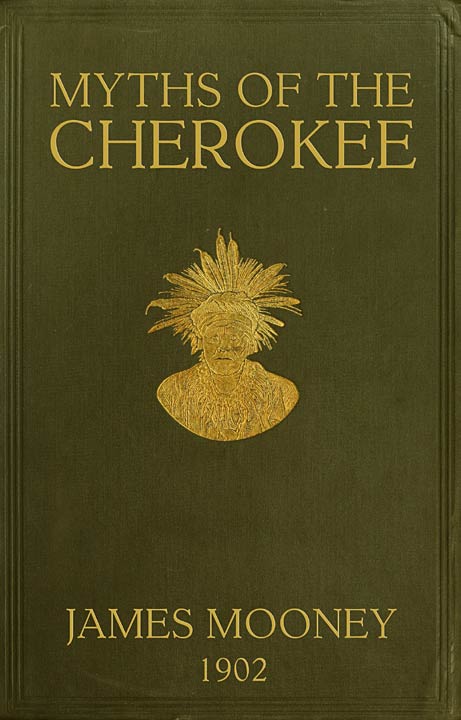‘MythsOf The Cherokee’ PDF Quick download link is given at the bottom of this article. You can see the PDF demo, size of the PDF, page numbers, and direct download Free PDF of ‘Myths Of The Cherokee’ using the download button.
Myths Of The Cherokee By James Mooney PDF Free Download

The Traditionary Period
The Cherokee were the mountaineers of the South, who held roughly the entire Allegheny region from the interlocking head-streams of the Kanawha and Tennessee southward to the site of Atlanta.
and from the Blue Ridge in the east to the Cumberland Range in the west, an area of about 40,000 square miles that now includes the states of Virginia, Tennessee, North Carolina, South Carolina, Georgia, and Alabama.
Their principal cities were at the headwaters of the Savannah, Hiwassee, and Tuckasegee, and along the entire length of the Little Tennessee to its junction with the main stream.
Itati, or Ikota, on the south bank of the Little Tennessee, a few miles above the mouth of the Tellico River in Tennessee, was generally considered the nation’s capital.
As whites advancing from the east and northeast pressed on them, the more exposed towns were destroyed or abandoned and new settlements formed on the lower reaches of the Tennessee and the upper branches of the Chattahoochee and Coosa.
As is always the case in tribal geography, there were no fixed boundaries, and on each side, Cherokee boundaries were contested by rival claimants.
In Virginia, there is reason to believe that the tribe was controlled by the Powhatan and Monacan in the early days.
To the east and southeast, the Tuscarora and Catawba were their staunchest enemies, with hardly any momentary truces within the historical period; Further evidence indicates that Sara or Chero was hostile.
To the south, there was a hereditary war with the Creeks, who claimed almost all of Upper Georgia as their own from the original occupation.
But gradually pressure was being exerted towards the Gulf, until, through the mediation of the United States, the boundary between the two tribes was finally settled along a line running west from the mouth of the Broad River on the Savannah. Wasn’t there a treaty to do?
To the west, the Chickasaw on the lower Tennessee and the Shawano on the Cumberland repeatedly turned back the tide of Cherokee invasions from the prosperous Central Valleys.
While in the far north the powerful Iroquois established an almost undisputed claim to paramount hegemony from Canada’s Ottawa River as far south as at least the Kentucky River.
On the other hand, with the defeat of the Creeks and the expulsion of the Shawano, the Cherokee fulfilled what they claimed to be all the land from upper Georgia to the Ohio River, including the rich hunting grounds of Kentucky.
They held the great mountain barrier between English settlements on the coast and French or Spanish garrisons along the Mississippi and Ohio.
Their geographic location, not least their superior numbers, would have provided them with a balance of power in the South, but contrasted with the compactness of the Iroquois League was the looseness of tribal organization.
For more than a century the French power was kept in check in the north.
In fact, the British found it convenient to regard certain chiefs as supreme in the tribe.
But the only real attempt to unite the entire Cherokee nation into a single political entity was by French agent Prieber around 1736, which failed due to premature discovery by the British.
We often see their empire divided against itself, their numbers only preventing unity of action, while still valuing them above neighboring tribes.
| Author | James Mooney |
| Language | English |
| No. of Pages | 628 |
| PDF Size | MB |
| Category | Literature |
| Source/ Credits | archive.org |
Myths Of The Cherokee PDF Free Download
